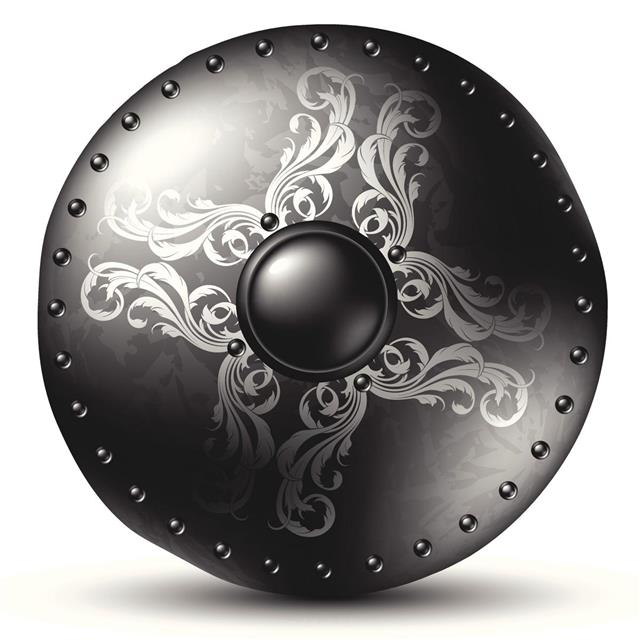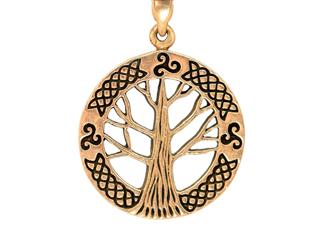
From dragons and spirals to the sacred tree of life and knot work, the intricately spectacular craft that is so distinctively Celtic calls out to the ancient spirits that lay sleeping deep within hearts. This article provides some interesting facts about these symbols.
Celtic symbols not only honor the spirit of the Irish, but also those of Welsh, Scottish, British, and anyone with Celtic ancestry. And even if you don’t have any Celtic blood running through your veins, if you believe in that special spiritual connection that links you to all other living things on Earth and if you honor Mother nature, then your soul is definitely Celtic. Instinctively, you will be reminded of how each and every one of us is somehow eternally connected to the cosmos and to every other living thing.
A Brief History
However, understanding the symbols is no easy task. In general, there are two basic types of writings when it comes to symbolism. Firstly, there are those that are written by academics, which tend to be more accurate and factual in nature. Overall, this type of writing makes for a very dull and boring read and the general focus of the text is always on the past.
Then there are writers who write about the symbols keeping the masses in mind. These authors write about the modern-day, living tradition of the Celtic art. Their words are for those who believe in the mystical symbolism of this art and are inspired by it. However, such writers are more or less prone to abstract speculation and often include idealistic myths instead of putting in the whole truth.
When it comes to attributing a specific meaning to each symbol that exists, very little is known. Since the ancient Celts didn’t have the habit of keeping written records, it is very difficult to ascertain today, the true meanings behind their symbols. Most of the meanings attributed to these symbols are just figments of the imagination and works of pure speculation, based solely on what scholars have learned about this culture.
There is no doubt at all that the Celt’s did indeed love symbolism. The symbols are usually visual representations of many of the ancient Celtic customs and beliefs that date back to as early as 3000 BC. The ancient Celt’s believed that these symbols had powerful and mystical powers that had the ability to ward off evil spirits. So, they used these symbols in everything, from their clothing and their jewelry to their weapons and their armor, and everything in between.
People from all over the world proudly display these symbols as the emblem of their ancestry and heritage. Many of these ancient people lived in areas that are known today, like many places in modern-day Europe. When envisioning Celtic designs and symbols, most people have certain fixed designs in mind. What most people think of as symbols are actually beautiful knot work designs that were once created by Irish Christian monks in their attempts to convert the pagan Celts over to Christianity.
Modern-day interpretation of Irish Celtic knot work symbols is derived mostly from illuminated manuscripts such as the Book of Kells, which was once compiled by these same Irish monks during the 6th and the 7th century. Although most of their ideas were influenced by the Coptic and Syrian art, they added their own ideas and special touches and turned it into their own distinctively Celtic art form. Even though there is significant evidence to prove that Celtic knots, spirals, and other love symbols were actually being created during the polytheistic times, there isn’t much history to these designs and the only history available is from around 450 AD onward.
The best part about the mystical aura surrounding Celtic symbols is the basic belief that each and every design or shape holds a secret meaning that is waiting to be exposed and revealed.








